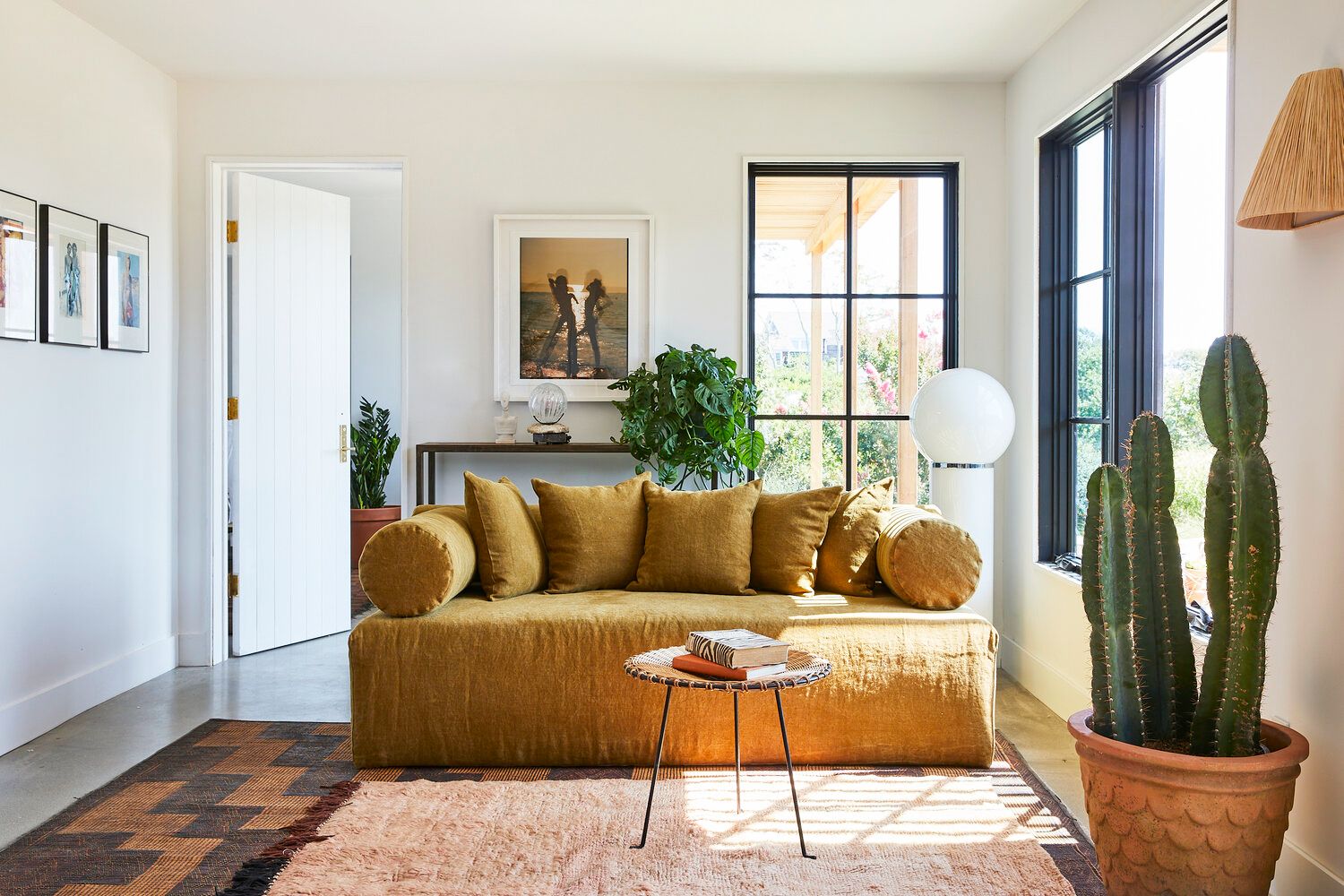

Articles
How To Decorate A Very Small Living Room
Modified: January 19, 2024
Discover expert tips and ideas for decorating a very small living room in our informative articles. Transform your space and make it feel larger and more inviting.
(Many of the links in this article redirect to a specific reviewed product. Your purchase of these products through affiliate links helps to generate commission for Storables.com, at no extra cost. Learn more)
Introduction
Welcome to our ultimate guide on how to decorate a very small living room. Having a small living space doesn’t mean you have to compromise on style or functionality. With a few clever design tricks and creative ideas, you can turn your tiny living room into a cozy and inviting space that meets all your needs.
When decorating a small living room, it’s essential to make the most of every inch of space and find innovative solutions for storage, seating, and decor. This article will provide you with practical tips and ideas to optimize your small living room and create a visually appealing and functional environment.
Whether you’re living in a studio apartment, a compact urban dwelling, or a small house, this guide has got you covered. So, let’s dive in and discover how to transform your very small living room into a stylish oasis!
Key Takeaways:
- Embrace the challenge of decorating a very small living room by maximizing space with multifunctional furniture, strategic arrangement, and efficient storage solutions. Infuse personal touches to create a cozy and stylish sanctuary.
- Utilize mirrors, lighting, and a well-thought-out color scheme to create the illusion of space and brightness in a small living room. Incorporate personal touches to infuse warmth and reflect your unique personality.
Assessing the Available Space
Before diving into the decorating process, it’s crucial to assess the available space in your small living room. This step will help you determine the limitations and possibilities and guide your design decisions.
Start by measuring the dimensions of your living room, including the length, width, and height. Take note of any architectural features such as windows, doors, and electrical outlets, as these will affect the placement of furniture and decor.
Next, consider the layout of the room and how you want to use the space. Think about the activities you want to accommodate, such as lounging, entertaining, or working. This will help you prioritize what elements to include and how to arrange them.
It’s also essential to identify any existing challenges or obstacles in the room. For example, if you have a low ceiling, you may need to avoid bulky lighting fixtures or opt for low-profile furniture to create a sense of height. Similarly, if you have limited natural light, you may need to incorporate mirrors and lighting strategically to enhance brightness.
By thoroughly assessing the available space, you’ll gain a better understanding of its unique characteristics and be able to make informed decisions to optimize the functionality and aesthetics of your small living room.
Selecting the Right Furniture
When it comes to decorating a very small living room, choosing the right furniture is key. You want to prioritize pieces that are both stylish and space-saving.
Start by considering the size and scale of your furniture. Opt for smaller-scale pieces that won’t overwhelm the space. Avoid bulky sofas or oversized coffee tables that will take up too much room. Instead, look for sleek and compact furniture options.
Consider multifunctional furniture pieces that can serve more than one purpose. For example, a sofa bed or a daybed can provide additional seating and double as a guest bed when needed. A coffee table with hidden storage compartments can help you keep your living room clutter-free.
Another key consideration is the layout of your furniture. Take advantage of wall space by placing your furniture against the walls to create an open and spacious feel. Avoid blocking natural walkways or cramming too many pieces in a small area.
Additionally, opt for furniture with exposed legs and open bottoms, as this will create a sense of openness and make the room appear larger. Avoid furniture pieces that sit directly on the floor, as they can create a visual heaviness.
Lastly, consider investing in modular furniture that can be easily rearranged or folded when not in use. This allows for flexibility in small spaces and allows you to adapt the layout according to different needs.
By selecting the right furniture, you can maximize both style and functionality in your small living room and create an inviting and comfortable space.
Maximizing Storage Options
In a very small living room, storage is crucial. Finding creative ways to maximize storage space will help you keep your living area neat and organized.
Utilize vertical space by installing tall bookcases or floating shelves on the walls. This not only provides additional storage but also draws the eye upward, making the room appear larger. Display your favorite books, decorative items, or storage baskets on these shelves.
Invest in furniture pieces that offer built-in storage solutions. Look for ottomans or coffee tables with hidden compartments, where you can store blankets, remote controls, or other small items. A TV stand with shelves or drawers can also help keep your living room organized.
Consider using storage baskets or bins that can be tucked under furniture or placed on shelves. They provide a stylish and practical solution for keeping small items out of sight.
Make use of the space under your sofa by adding a rolling storage cart or slide-out baskets. These can be used to store extra throws, pillows, or magazines, while still allowing for easy access.
If you have high ceilings, consider installing a ceiling-mounted storage system or hanging shelves to maximize the vertical space. This can be used to store items that are not frequently accessed but still need a place to be stored.
Lastly, decluttering is important when it comes to maximizing storage in a small living room. Regularly assess your belongings and donate or sell items that you no longer use or need. Keep only the essentials to maintain a clean and orderly space.
By incorporating these storage options, you can keep your small living room organized and clutter-free, creating a sense of spaciousness and tranquility.
Choosing a Color Scheme
The color scheme you choose for your very small living room can have a significant impact on its overall look and feel. The right colors can make a small space appear larger, brighter, and more inviting.
When selecting a color scheme, consider using light and neutral tones as the base for your room. Whites, creams, and light grays can help reflect natural light and create a sense of airiness. These colors also have a timeless and elegant appeal.
Consider incorporating pops of color through accents and accessories to add visual interest and personality to your living room. For example, you can introduce a vibrant throw pillow, a colorful rug, or artwork that complements the neutral backdrop.
Another technique to create a sense of depth and dimension is to use different shades of the same color. For example, you can choose varying shades of blue for your walls, furniture, and accessories.
Consider the natural light in your space when selecting a color scheme. If your living room receives ample natural light, you can experiment with bolder or darker colors. If natural light is limited, stick to lighter shades to maximize brightness.
Remember to consider the size of your living room and avoid overwhelming it with too many contrasting colors. Limit your color palette to 2-3 colors for a cohesive and harmonious look.
Keep in mind that colors can influence mood and atmosphere. If you want to create a calm and serene ambiance, choose cool colors like blues and greens. If you prefer a warm and inviting feel, opt for earthy tones such as browns and beiges.
Lastly, don’t forget to test your chosen color scheme before committing. Paint small swatches on your walls and observe how they look under different lighting conditions throughout the day. This will help you ensure that you’re happy with your color choices.
By thoughtfully selecting a color scheme, you can transform your very small living room into a visually appealing and comfortable space that reflects your personal style.
Read more: How To Decorate A Living Room
Utilizing Multi-Functional Pieces
In a very small living room, it’s essential to make the most out of every piece of furniture. One effective way to do this is by incorporating multi-functional pieces that serve more than one purpose.
One example is a sleeper sofa or a futon. These pieces of furniture can provide comfortable seating during the day and transform into a bed for overnight guests. This is a great space-saving solution for small living rooms that don’t have a separate guest room.
Another option is a storage ottoman or a bench with a lift-up top. These can serve as additional seating, but also provide hidden storage space for blankets, pillows, or other small items. They can be placed in front of the sofa or near a window to maximize functionality.
Consider using a TV stand or media console that also offers storage compartments or shelves. This allows you to store your electronic devices, DVDs, or gaming consoles, while keeping your living room organized and clutter-free.
A coffee table with built-in storage or drawers is another versatile piece. It not only serves as a surface for drinks and snacks but also provides a place to store magazines, remote controls, and other small items.
Additionally, look for side tables or nesting tables that can be easily moved around to accommodate different needs. These can serve as end tables, display surfaces, or even extra seating when necessary.
Consider using folding or wall-mounted desks that can be tucked away when not in use. This is a great option for those who need a workspace but have limited space in their living rooms.
The key to utilizing multi-functional pieces is to think creatively and prioritize functionality without sacrificing style. Look for furniture that serves multiple purposes and seamlessly integrates into your overall design aesthetic.
By incorporating multi-functional pieces in your small living room, you can optimize space, maximize functionality, and create a versatile and adaptable environment.
Use multipurpose furniture to maximize space, such as a coffee table with hidden storage or a sofa that can double as a bed. This will help keep the room clutter-free and functional.
Incorporating Mirrors and Lighting
When it comes to decorating a very small living room, mirrors and lighting play a crucial role in creating the illusion of space and enhancing the overall ambiance. These elements can significantly impact the visual perception of your living area.
One effective technique is to strategically place mirrors in your living room. Mirrors reflect light and create an illusion of depth, making the space appear larger and more open. Consider placing a large mirror opposite a window to maximize the natural light and create a sense of increased square footage.
Additionally, you can hang mirrors on opposite walls or use mirrored furniture to bounce light and create a sense of continuity. This not only makes the room appear more spacious but also adds a touch of elegance and sophistication.
When it comes to lighting, it’s important to have a variety of sources to create layers and add dimension to your small living room.
Start by maximizing natural light by keeping windows unobstructed and using lighter window treatments that allow sunlight to penetrate the room. Natural light not only illuminates the space but also helps create a bright and airy atmosphere.
In terms of artificial lighting, incorporate a combination of ambient, task, and accent lighting. Ambient lighting, such as overhead fixtures or recessed lighting, provides overall illumination and helps brighten the room.
Task lighting, such as table lamps or floor lamps, is essential for specific activities like reading or working. Place these lamps strategically near seating areas or workspaces to provide focused lighting.
Accent lighting, such as wall sconces or track lighting, can be used to highlight architectural features, artwork, or specific areas of interest in your living room. This adds visual interest and creates a warm and inviting ambiance.
Consider installing dimmer switches to have control over the lighting intensity and create different moods depending on the occasion.
By incorporating mirrors to reflect light and using a combination of natural and artificial lighting sources, you can enhance the brightness and create a visually appealing and welcoming atmosphere in your small living room.
Arranging Furniture Strategically
Arranging furniture strategically is essential when decorating a very small living room. Proper placement and layout can make a significant difference in maximizing space and creating a functional and visually pleasing environment.
Start by considering the focal point of your living room. This could be a fireplace, a TV, or a large window. Arrange your furniture around this focal point to create a sense of balance and harmony.
When positioning your seating, keep in mind that you want to create a conversation area that encourages interaction. Avoid pushing all the furniture against the walls, as this can make the room feel disjointed and cavernous.
Instead, pull your furniture away from the walls and float them in the center of the room. This will create a more intimate and cozy atmosphere. Place your sofa facing the focal point, with additional chairs and seating options arranged around it.
Consider using armless or slim-profile chairs to save space and maintain an open and spacious feel. Ottomans or poufs can also serve as additional seating options and can be easily moved around or tucked away when not in use.
If your living room is too small to accommodate a full-size coffee table, opt for smaller alternatives like nesting tables, a side table, or a storage ottoman that can double as a coffee table when needed. This will provide a surface for drinks and snacks without overwhelming the space.
Pay attention to traffic flow and make sure there’s enough room for people to move around comfortably. Avoid blocking doorways or natural walkways with furniture, as this can make the room feel cramped and hinder the functionality of the space.
Experiment with different furniture arrangements until you find the one that works best for your living room. Don’t be afraid to try different configurations and be open to rearranging furniture as needed.
By strategically arranging your furniture, you can create a functional and inviting living room that maximizes space and promotes a cozy and comfortable atmosphere.
Using Wall Space Efficiently
In a very small living room, utilizing wall space efficiently is crucial for optimizing storage and functionality. The walls provide valuable real estate that can be utilized to enhance the overall layout and organization of your living area.
One effective way to use wall space efficiently is to install wall-mounted shelves or bookcases. These not only provide storage for books, decorative items, or personal belongings, but they also create vertical visual interest that draws the eye upward, making the room feel larger.
Consider using floating shelves to keep the space feeling open and airy. You can arrange them in a staggered pattern or at varying heights to add a sense of dynamism to the room. Display your favorite books, artistic pieces, or indoor plants on these shelves to inject personality and style into the space.
Another option is to install wall-mounted cabinets or storage units. These can be used to store items that you want to keep out of sight, such as electronics, cables, or other miscellaneous items. Opt for sleek and minimalist designs to maintain a clutter-free and visually appealing living room.
Take advantage of wall space by hanging hooks or pegboards to maximize storage potential. Use these to hang coats, bags, or even small baskets to store keys, gloves, and other everyday essentials. This helps keep your living room organized and reduces clutter on other surfaces.
Hang a gallery wall or a large piece of artwork to add a focal point and visual interest to the room. This not only enhances the aesthetics but also draws attention away from the limited floor space. Choose artwork or photographs that resonate with your personal style and complement the overall theme of your living room.
If you have a small nook or alcove, consider installing a built-in desk or a floating desk. This creates a dedicated workspace without taking up valuable floor space. Add shelves or a bulletin board above the desk to further utilize the vertical wall space.
Lastly, don’t forget to incorporate mirrors on the walls as mentioned earlier. Mirrors help reflect light and create a sense of openness, making your small living room feel more spacious and inviting.
By using wall space efficiently, you can maximize storage options, create visual interest, and maintain a well-organized and visually pleasing living room.
Read more: How To Divide A Living Room And Dining Room
Adding Personal Touches
When decorating a very small living room, it’s important to infuse it with personal touches that reflect your individual style and create a sense of warmth and coziness. Personalizing your living space will make it feel more like home and enhance your overall enjoyment of the room.
One way to add personal touches is through the use of decorative accents and accessories. Choose items that hold sentimental value or speak to your interests and hobbies.
Display cherished photographs in stylish frames and arrange them on a gallery wall or a dedicated shelf. This not only adds a personal touch but also serves as a conversation starter when guests visit.
Showcase your favorite books or collections on the shelves or coffee table. Whether it’s a collection of vintage cameras, travel souvenirs, or vinyl records, incorporating these personal items adds character and tells a story about who you are.
Add textiles such as throw pillows, cozy blankets, or a rug that reflects your preferred color palette or patterns. These soft and tactile elements not only enhance comfort but also infuse your living room with your personal style and taste.
Consider incorporating artwork or DIY projects that you’ve created. Hang up your own paintings, drawings, or photographs to showcase your creative side and add a unique touch to your living room.
If you have a favorite hobby or interest, find ways to incorporate it into your living room decor. Whether it’s displaying sports memorabilia, musical instruments, or crafting supplies, highlighting your passions adds personality and makes your living room feel truly yours.
Don’t forget about plants and greenery. Adding a few houseplants can bring life and freshness to your living room. Choose plants that are suitable for low-light conditions or those that thrive in small spaces, such as succulents or air plants.
Lastly, consider incorporating items of sentimental value or family heirlooms. Whether it’s a vintage clock passed down through generations or a handmade quilt from a loved one, these pieces add a layer of history and nostalgia to your living room.
By adding personal touches, you can transform your very small living room into a space that reflects your unique personality and creates a welcoming and inviting atmosphere for both yourself and your guests.
Conclusion
Decorating a very small living room may seem challenging, but with the right strategies and creative ideas, you can transform your limited space into a stylish and functional haven. By following the tips outlined in this guide, you can make the most out of every inch and create a living room that reflects your personal style while maximizing comfort and functionality.
Assessing the available space and understanding its limitations and possibilities is the first step towards a successful design. Selecting the right furniture that is appropriately scaled and multi-functional is crucial for optimizing space utilization. Maximizing storage options through clever furniture choices and utilizing wall space efficiently will help keep your living room organized and clutter-free.
Selecting a suitable color scheme that enhances the overall atmosphere and using mirrors and lighting strategically will create an illusion of space and brightness. Arranging furniture strategically to create a functional and visually pleasing layout is vital for optimal flow and comfort in your living room. Lastly, don’t forget to infuse your personal style and add personal touches, such as beloved photographs, meaningful decor, and cherished collections.
Remember, the key is to find a balance between style and functionality while putting your personal stamp on the space. Be bold and think outside the box to make the most of your small living room.
In conclusion, with careful planning and thoughtful design choices, you can transform your very small living room into a cozy, inviting, and stylish sanctuary that you’ll love spending time in. Embrace the challenges as opportunities for creativity, and let your small living room shine.
Frequently Asked Questions about How To Decorate A Very Small Living Room
Was this page helpful?
At Storables.com, we guarantee accurate and reliable information. Our content, validated by Expert Board Contributors, is crafted following stringent Editorial Policies. We're committed to providing you with well-researched, expert-backed insights for all your informational needs.
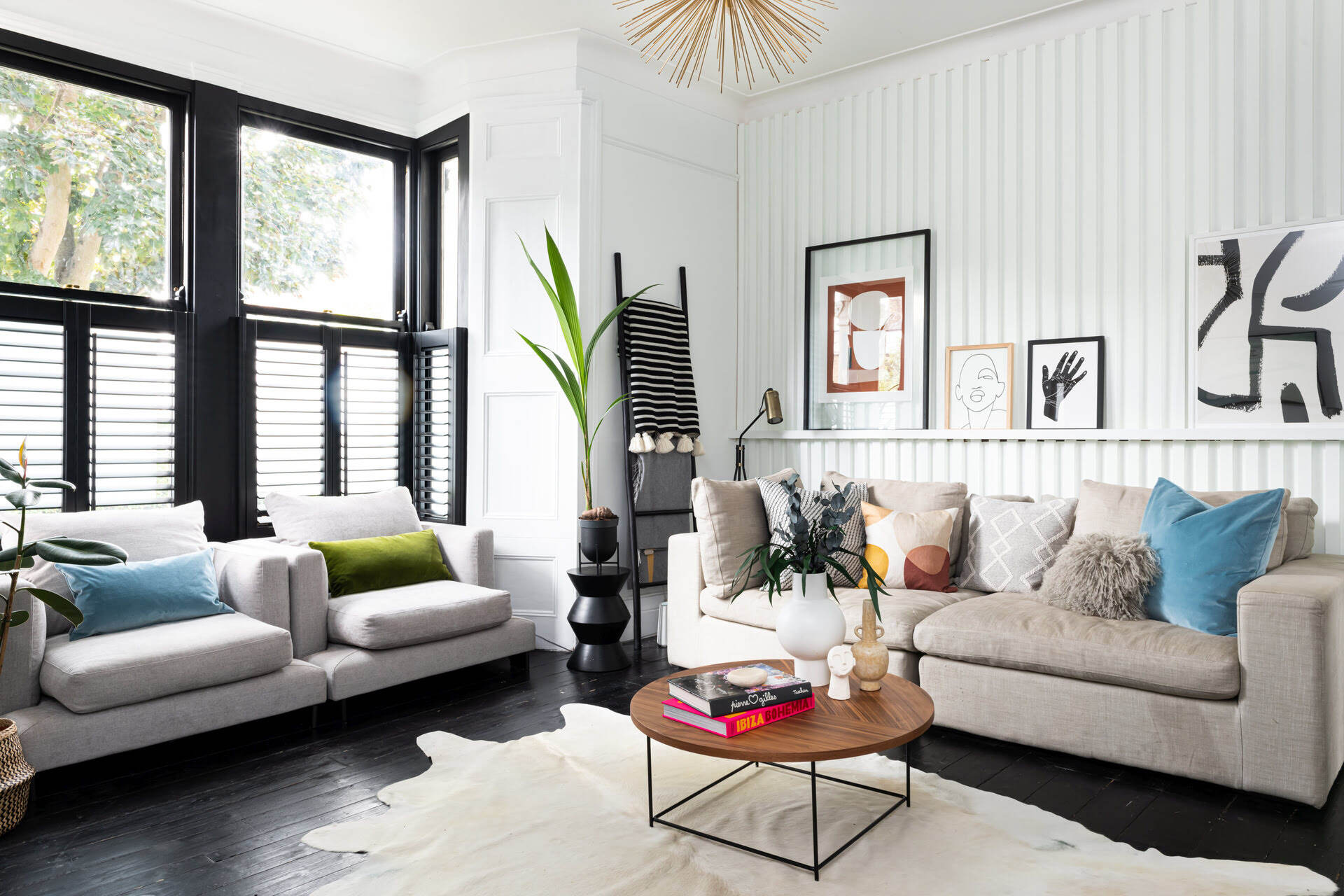
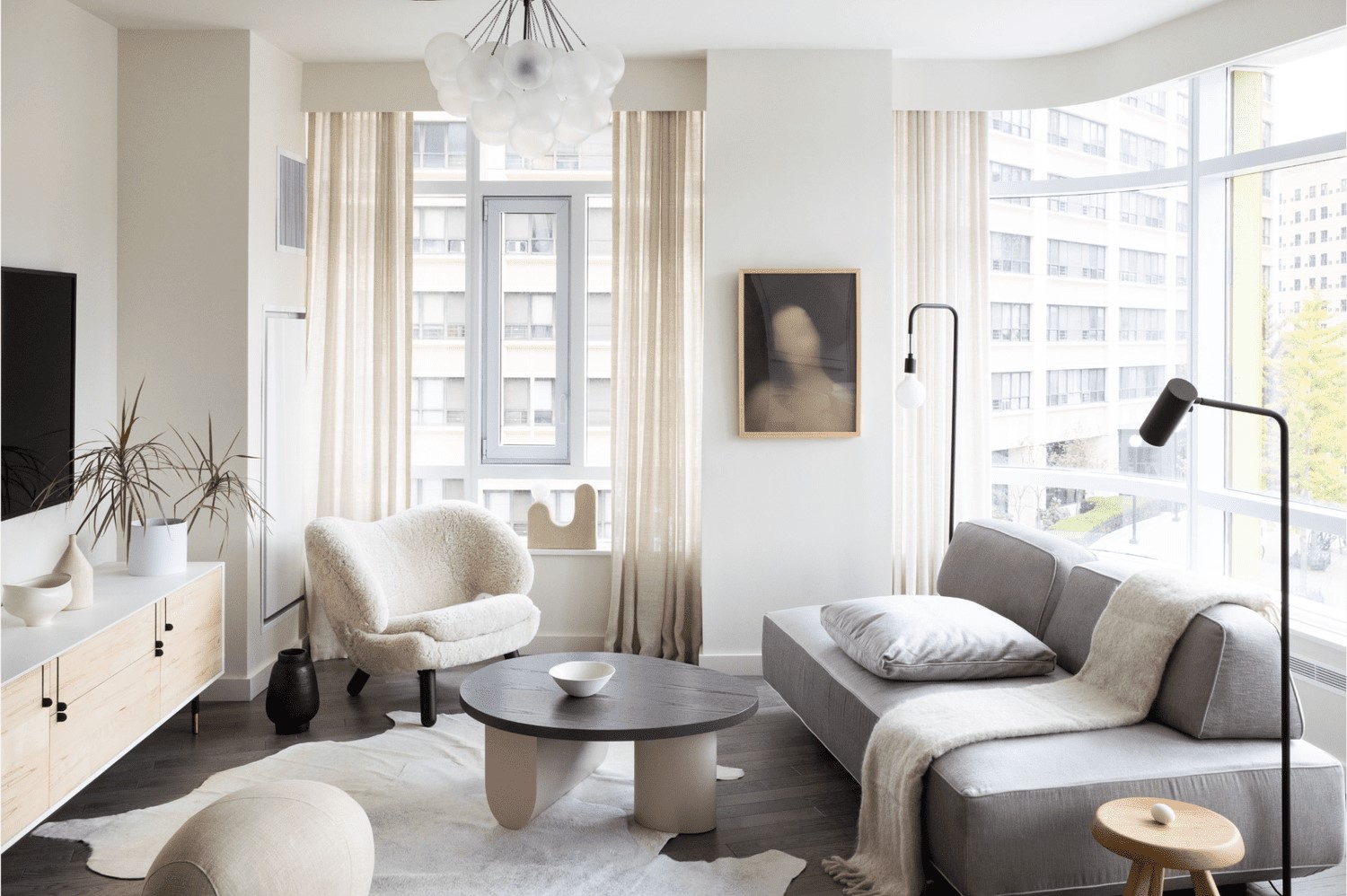
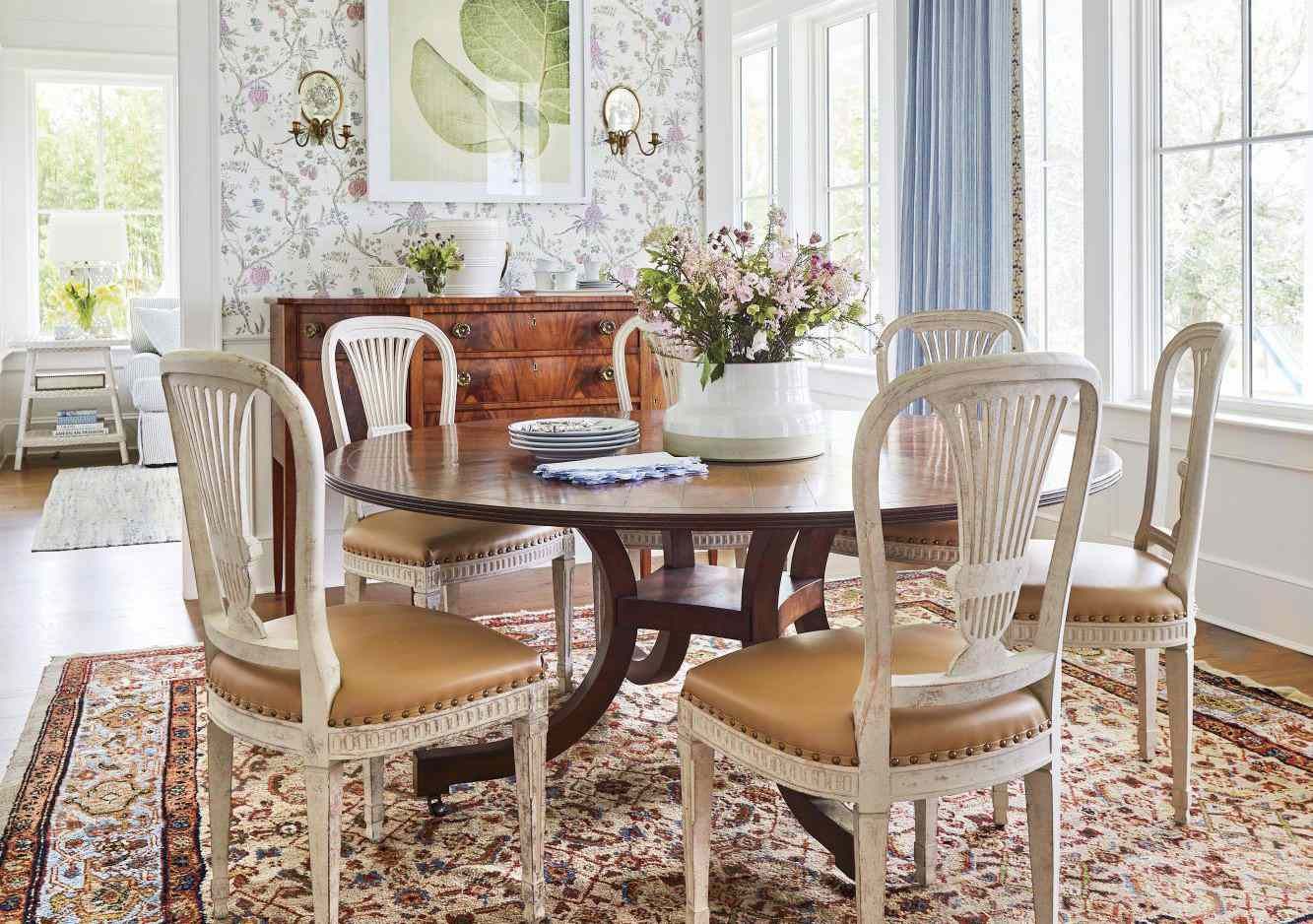
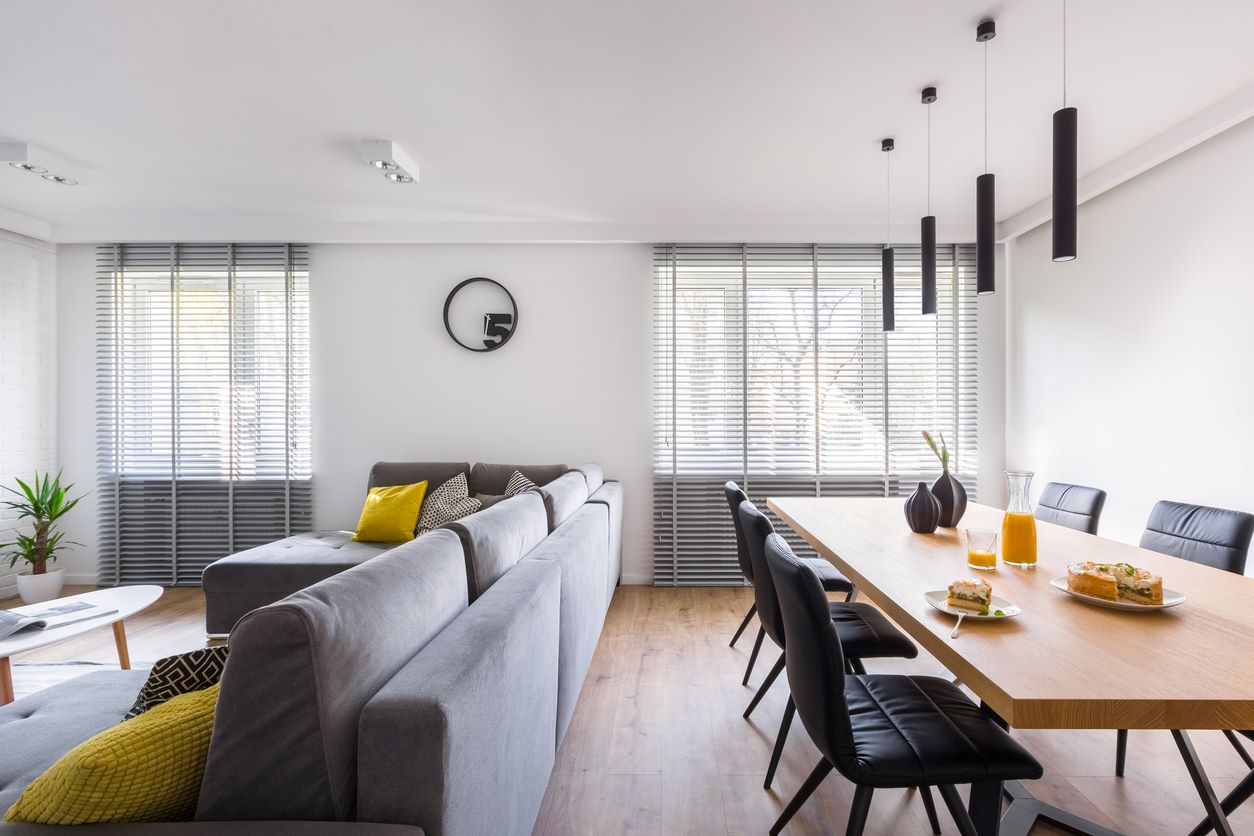
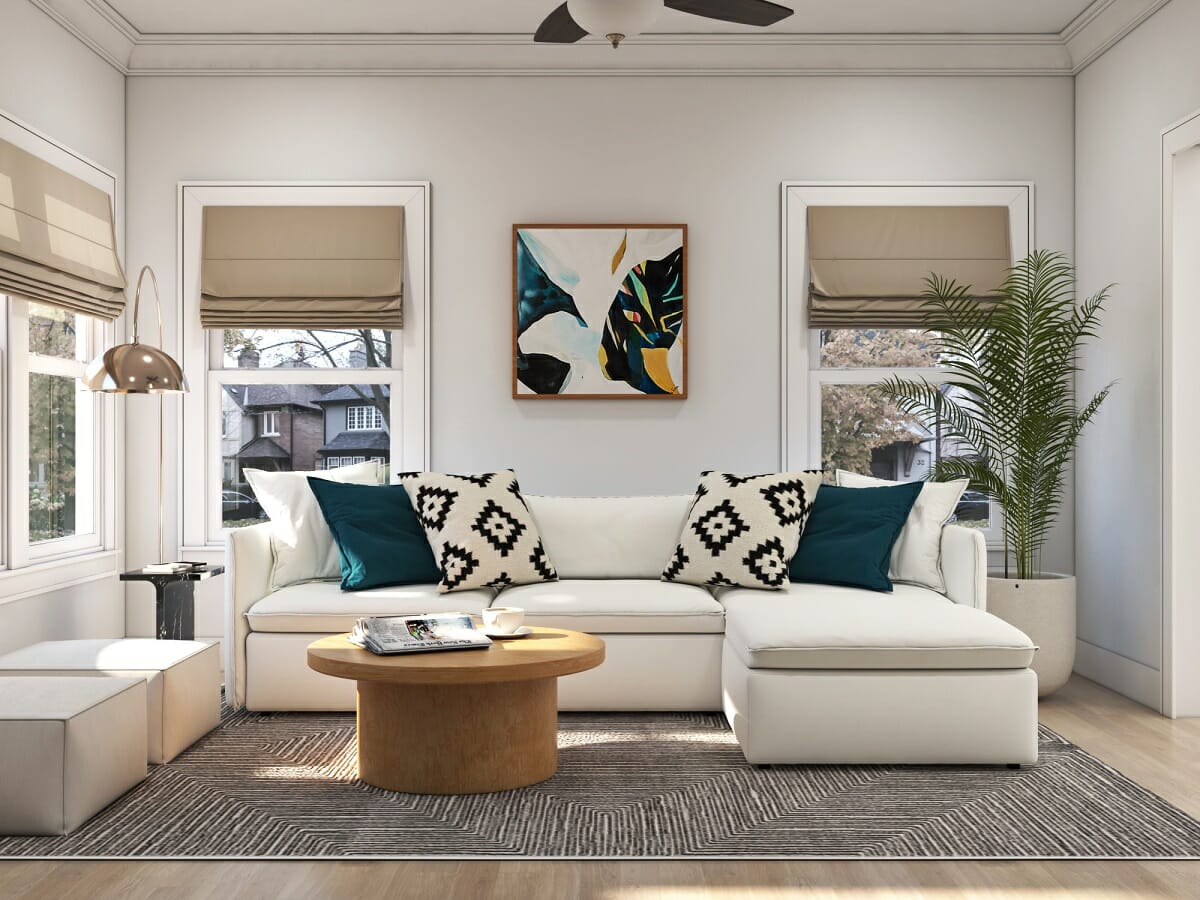
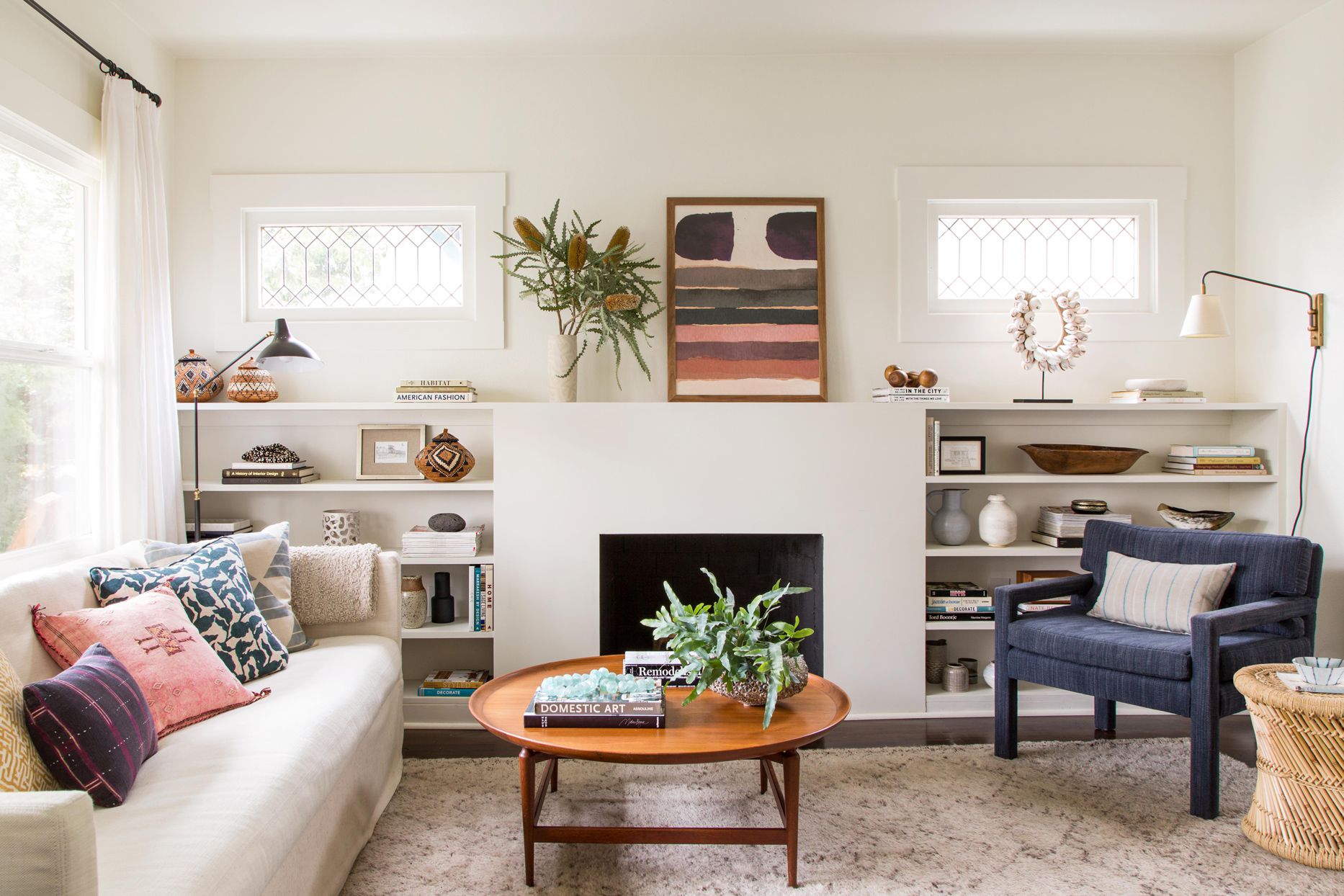
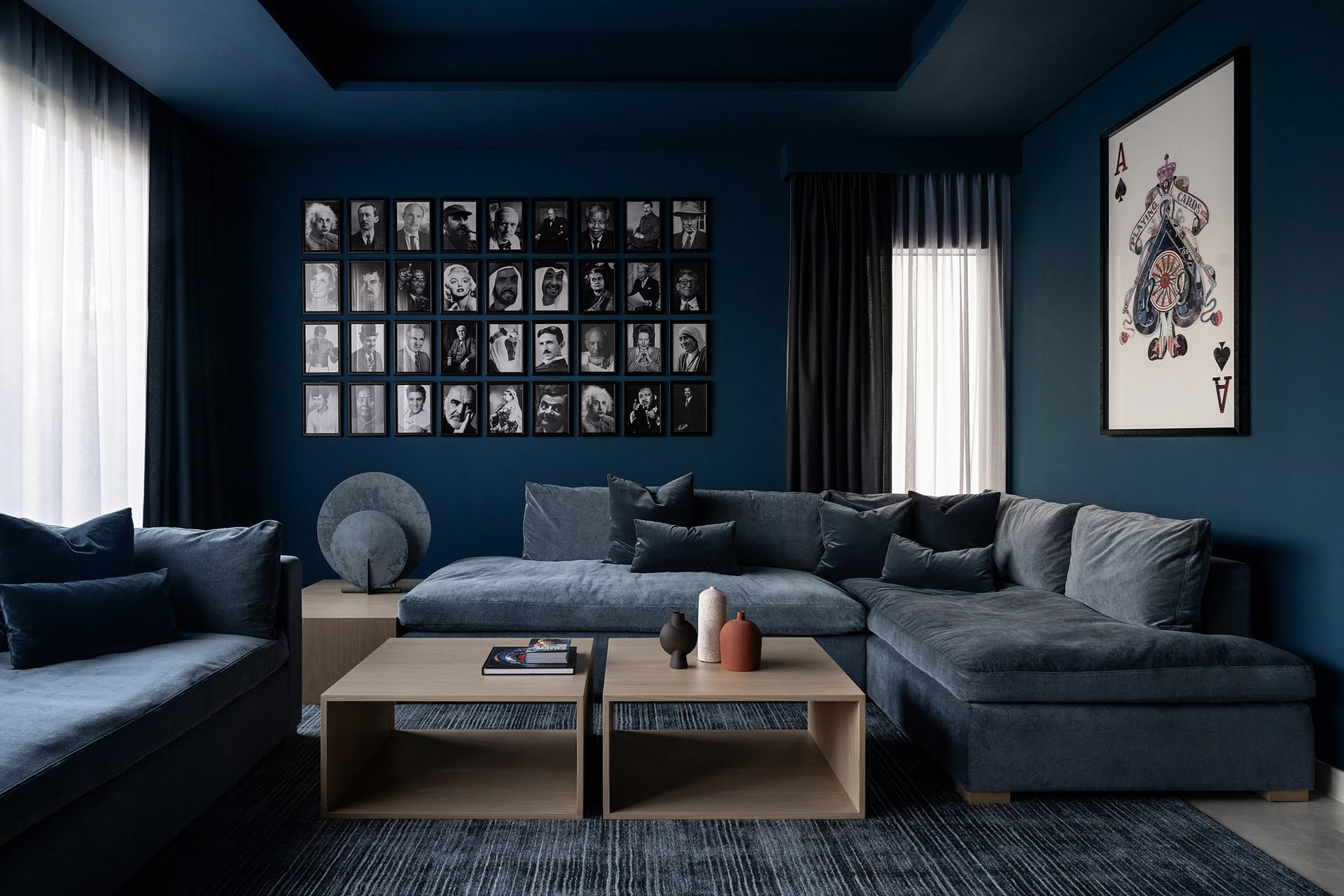
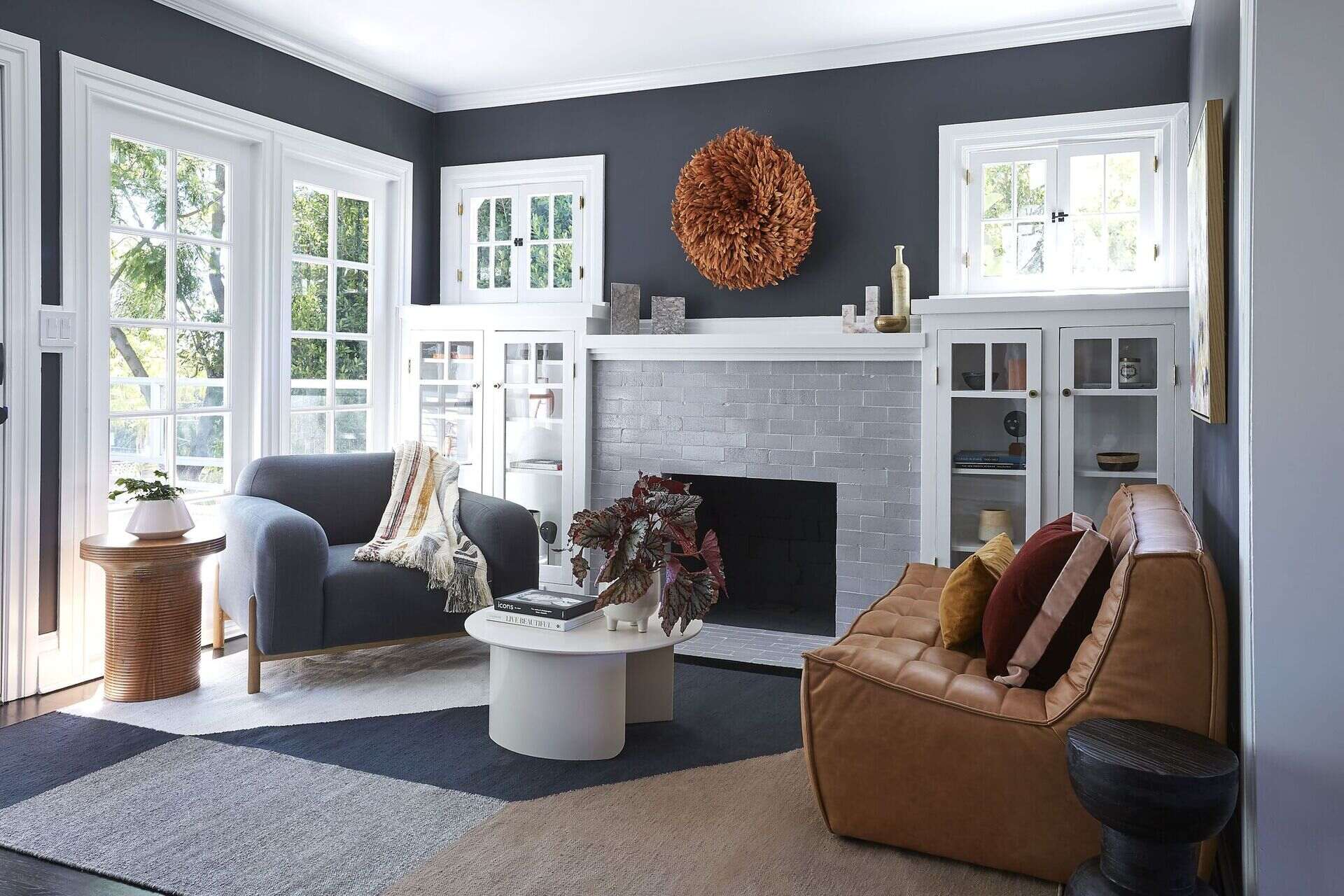
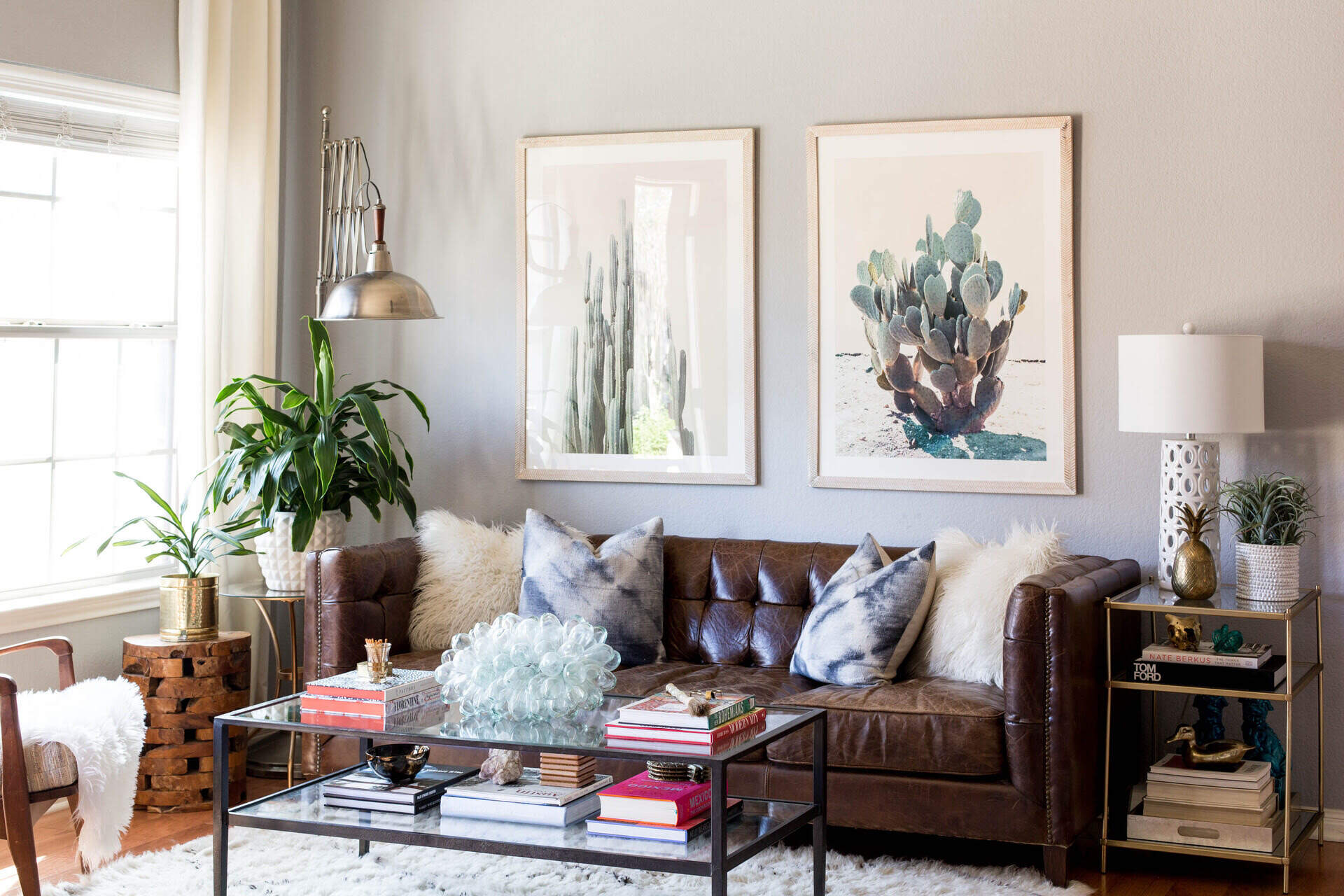
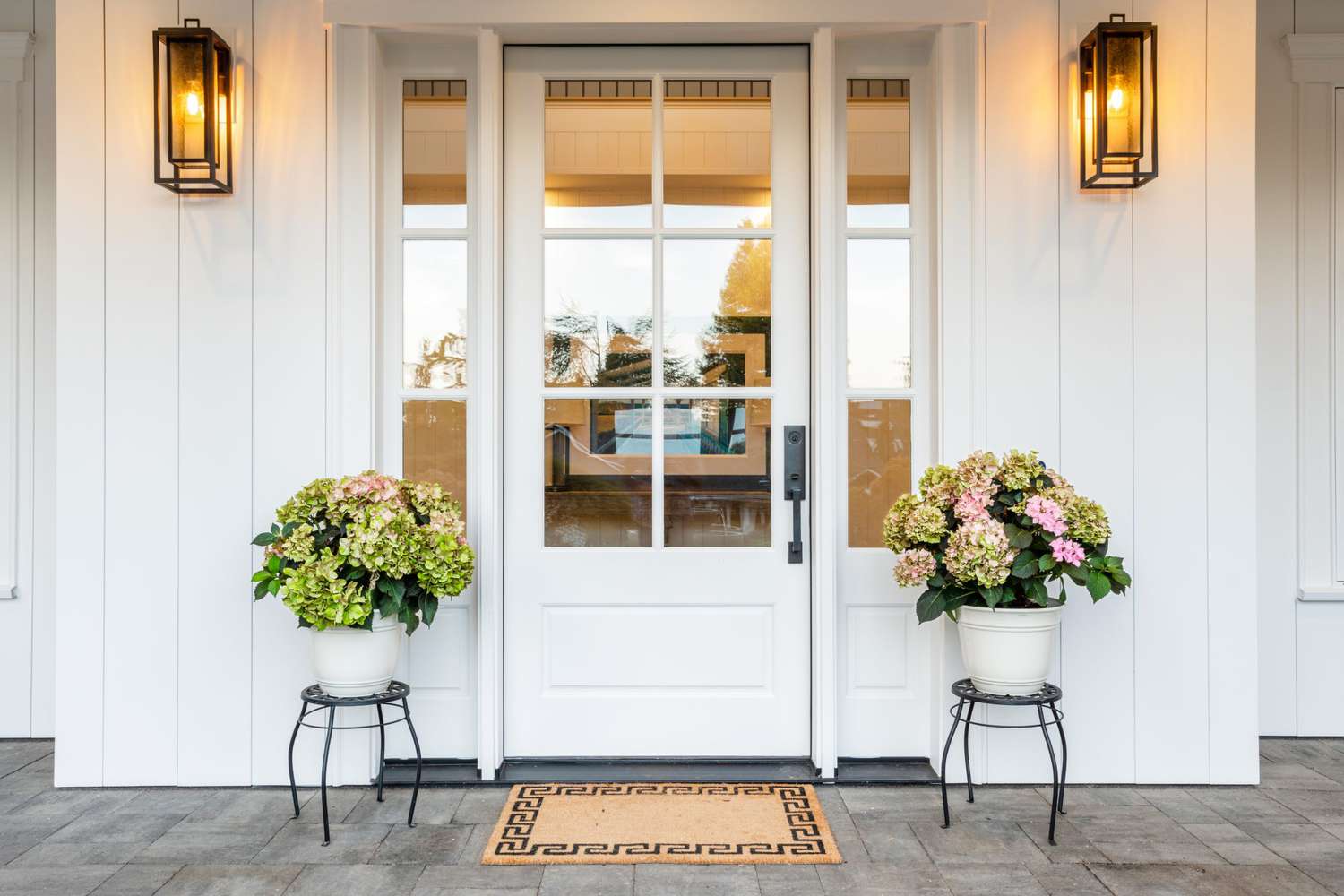
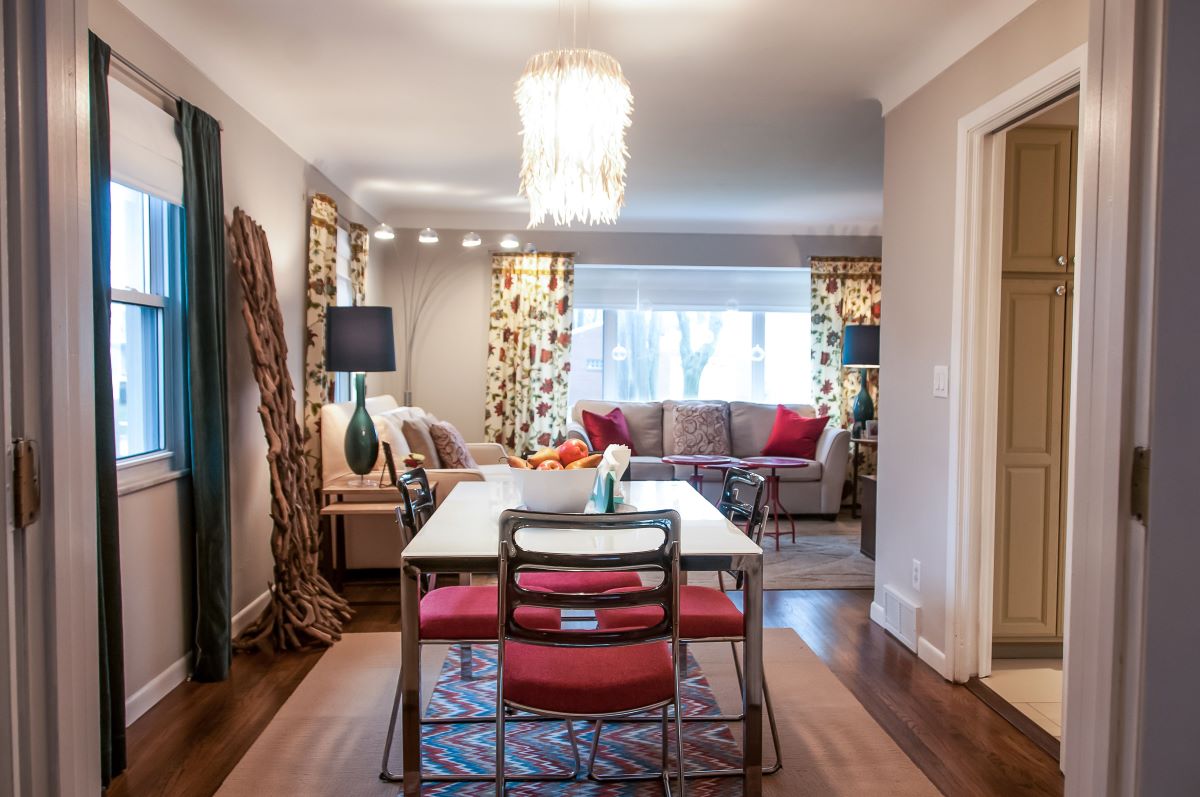
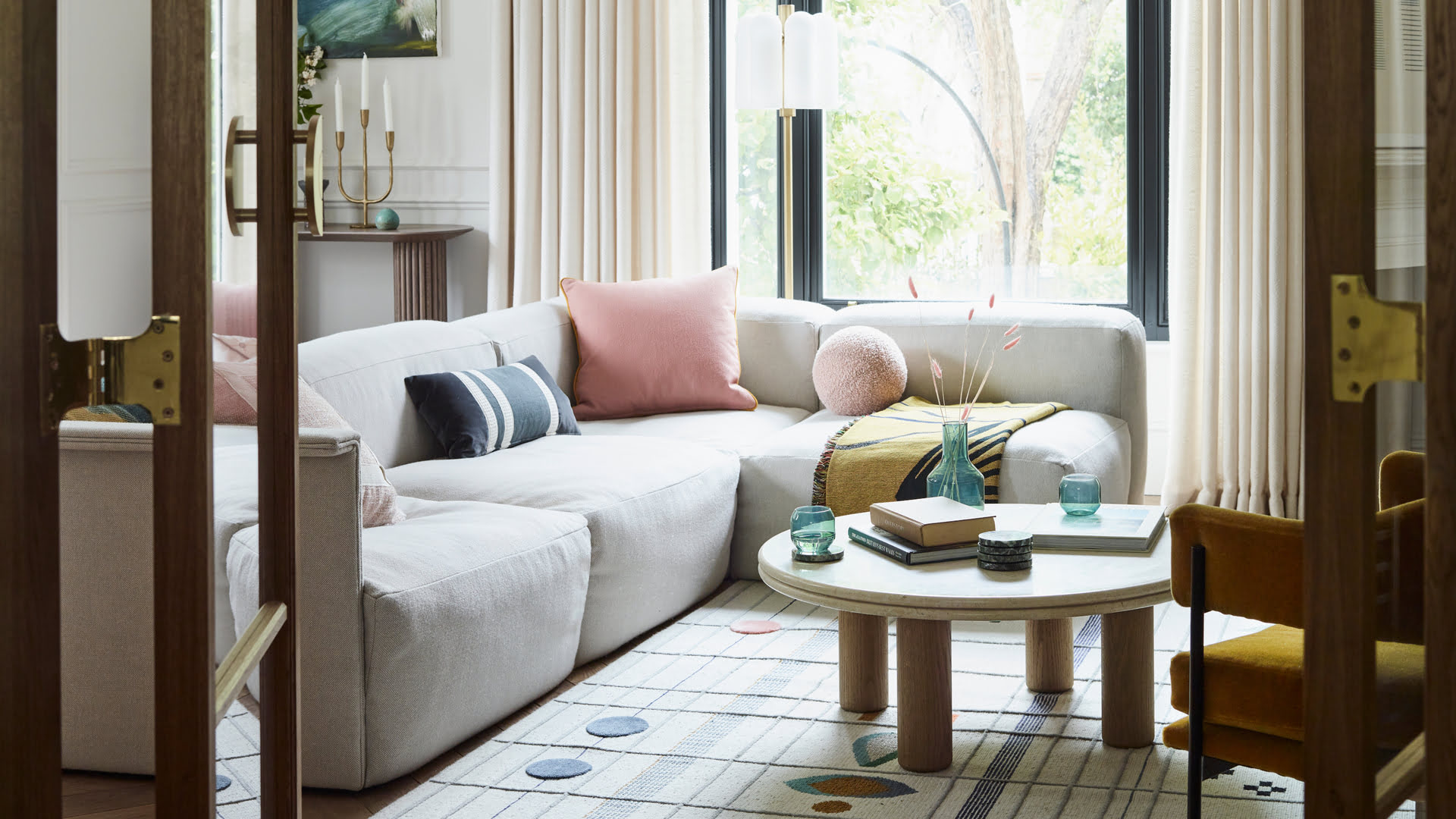
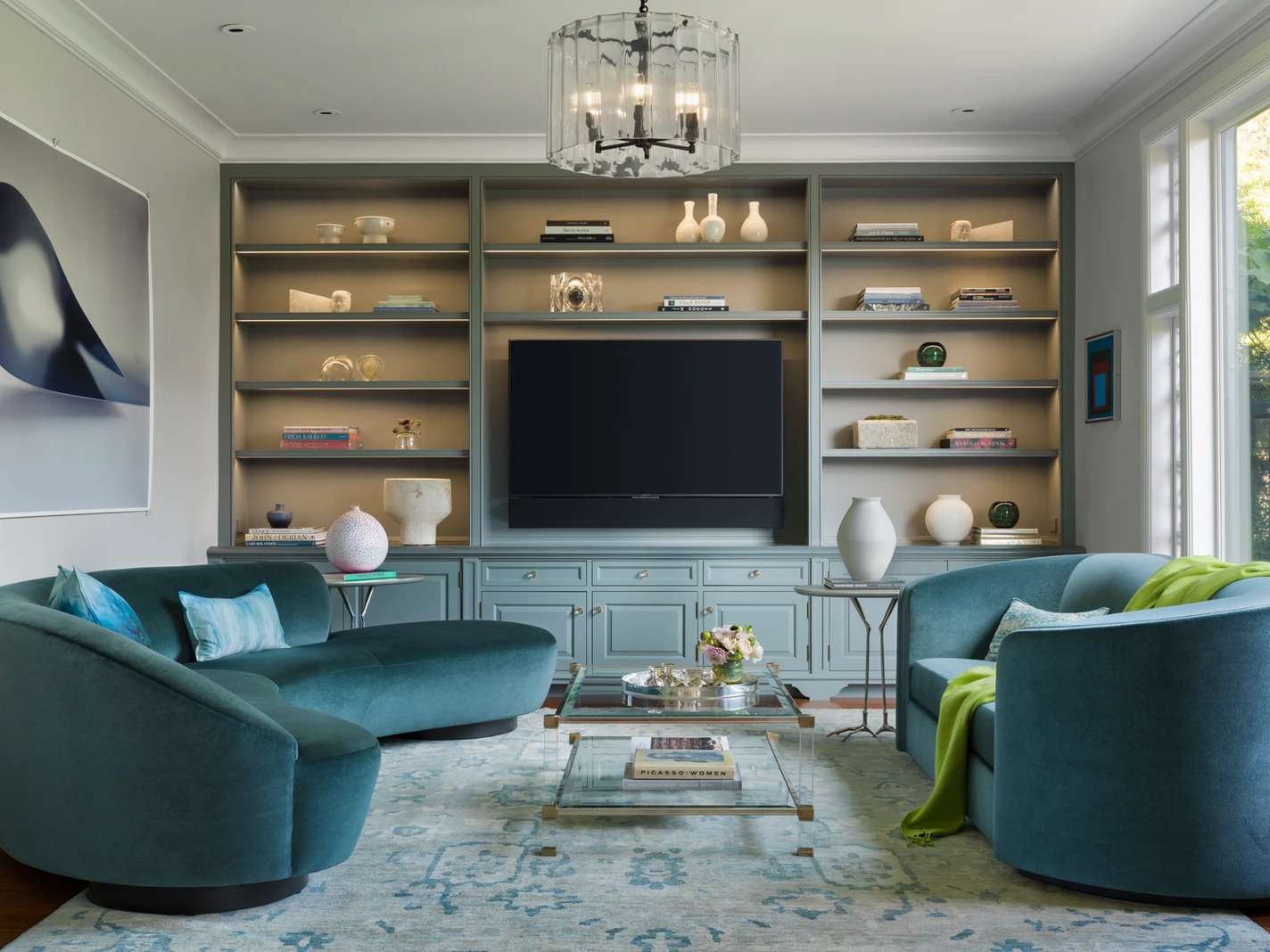

0 thoughts on “How To Decorate A Very Small Living Room”